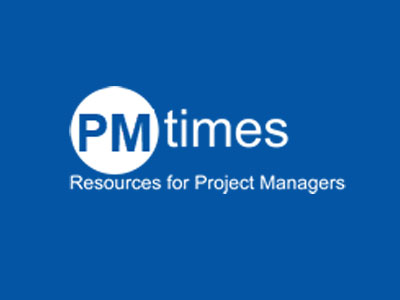Your customer or project recipient calls and says, “I need this project milestone completed by Friday”. You respond, “We need until the following Tuesday to meet your expectations.” So, after a bit more conversation where you think the project recipient understands the need for additional time, he closes by saying “So we’ll talk on Friday after the milestone is complete” and hangs up.
Does this sound familiar? I imagine so, as not only did one of my readers request this article but I also frequently hear it from project teams of all sizes and companies.
So, what do we do? There are certainly no simple answers. However, in my experience in working with project teams globally across multiple industries, I’ve found the following three strategies provide the optimal route to achieve success: 1) Stop it before it starts! 2) Offer options. 3) Put it in your customer’s best interest.
- Stop it before it starts! – The best strategy is to take preventative action so that unrealistic demands are squashed prior to rising to the surface. Undoubtedly, the best way to accomplish this goal is to talk with your customers/ project recipients in the beginning – before the project gets going. Go to the top (the highest level leader of your customers/ project recipients). Discuss what will likely occur based on your experience and get them on board with the process upfront (including potential roadblocks, etc.). Ask questions. Probe for areas where there might be an expectation miss-match, and then address those items upfront.For example, when I led a project team for an ERP implementation, we knew a key milestone would take longer than some of the customers/ project recipients would like if we implemented with sufficient training and education to ensure a smooth transition from the current ERP system. We preempted the “bad news” conversation of missing the customers’ expectation of an earlier milestone date by addressing the issue upfront with the top leaders. Going to the top is critical; otherwise, all discussions and efforts could end up a waste of time, and you still have unhappy customers.
- Offer options – When addressing the potential challenges upfront, the secret to success is to involve your customer/ project recipient in the resolution. Offer options from which to choose that will allow the customer to feel comfortable.For example, in the ERP implementation example, we were able to offer three options for the completion of the milestone. For each of these options, there were different levels of training/ education and resource requirements. Thus, there were three different expected outcomes associated with the options. Of course, we didn’t offer an option with awful consequences as it would be negligent; however, we offered three varying levels of success and investment. By having the customer involved in the decision-making process, he became more committed to the plan.
- Put it in your customer’s best interest – There is no better way to ensure success than to put it in your customer’s best interest. Communicate why your customer/ project recipient will be better off with your suggestions.For example, using the same ERP example, explain that in your experience from dozens of implementations, those customers who included the expanded training and education programs experience 20% fewer customer complaints in the first month after go-live. Suddenly, the customer is thinking about ensuring a seamless transition for customers and has forgotten his concerns that the date is longer than he’d prefer. The aggressive schedule now comes at too high of a cost.
Unrealistic demands, especially in regards to schedule, are common; thus, it’s in our best interest to become proficient at addressing them successfully. Unfortunately, the only way I’ve seen to repeatedly ensure success is to address these upfront. Once the project is in progress, it often becomes impossible to communicate effectively and fend off unrealistic demands while maintaining a happy customer. The risk in letting that situation occur is too high. Instead of taking that chance (as most projects are big ticket or high priority in today’s marketplace), why not take a step back and set the project up for success upfront?
Published in “Project Times” website, April, 2011
Click here for original article.



